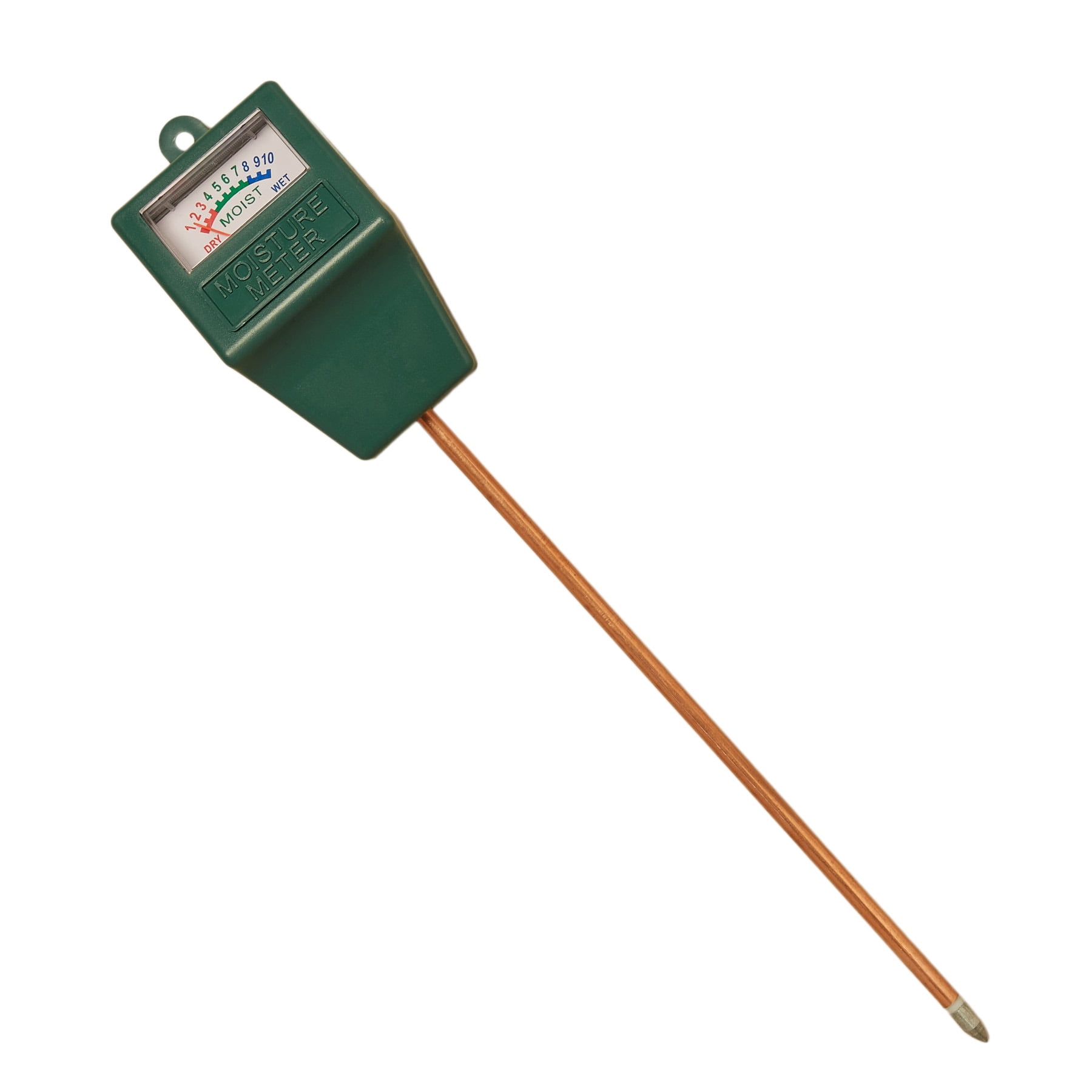Understanding the Various Sorts Of Moisture Meters and Their Applications
Understanding the Various Sorts Of Moisture Meters and Their Applications
Blog Article
Comprehending the Significance of a Moisture Meter in Avoiding Mold and Water Damages in Your Home
In the world of home maintenance, the visibility of dampness can commonly be a quiet yet awesome opponent, capable of creating pervasive mold and mildew development and perilous water damage if left unchecked. Recognizing the relevance of a moisture meter in this fight is not simply an alternative yet a calculated necessity.
Importance of Moisture Detection
Effective moisture detection methods are critical for safeguarding residential or commercial properties and avoiding possible mold and mildew development and water damages. Dampness can seep into different building products, bring about structural concerns and health threats. By using a dampness meter, homeowner can proactively identify areas susceptible to excess wetness, permitting timely treatment and mitigation techniques.
Moisture meters provide precise readings of moisture degrees in different products such as concrete, drywall, and wood. This information aids in pinpointing areas of concern, even in surprise or hard-to-reach places. Early detection of wetness accumulation makes it possible for prompt repair services or modifications to stop additional damage.

How Moisture Meters Job
Wetness meters play a pivotal function in the positive identification of excess moisture, aiding in the prevention of prospective mold growth and water damages by giving precise readings of dampness degrees in numerous building products. These gadgets function based on different concepts, depending on their type. Moisture Meter. Pin-type moisture meters, for example, have two pins that pass through the material to determine the electric resistance in between them. When moisture is existing, it boosts the product's conductivity, leading to a lower resistance analysis. Pinless dampness meters, on the various other hand, use electro-magnetic sensing units to scan the product without causing damage. These sensing units release electro-magnetic signals that pass through the material and determine the dielectric properties, suggesting dampness material. Some advanced dampness meters integrate both pin and pinless modern technologies for thorough wetness discovery. Understanding just how moisture meters feature is necessary for accurate and timely dampness degree analyses, enabling reliable safety nets versus mold and water damages.
Finding Early Indication
Upon first inspection of a residential property, recognizing refined indicators of excess dampness becomes important in the early discovery of potential mold and mildew development and water damages. Some typical early indication include moldy smells, water spots on ceilings or walls, peeling off paint or wallpaper, and distorted or discolored surfaces. Mildewy smells often show the presence of mold or mildew, even if no visible signs are obvious. Water spots can indicate leaks or seepage, while peeling paint or wallpaper might be a result of moisture compromising the attachment of these materials to the surface area. Deformed or stained surfaces, such as twisting floorboards or stained drywall, are clear signs of water damages. In addition, a boost in allergy signs and symptoms or respiratory issues among owners internet might recommend the existence of mold and mildew because of excess dampness. By without delay recognizing and attending to these early warning signs, home owners can mitigate the danger of comprehensive mold development and water damage in their properties.
Protecting Against Mold Growth
Identifying very early caution signs of excess moisture within a residential or commercial property not only allows prompt discovery of prospective mold development and water damage yet additionally serves as an aggressive step in protecting against the proliferation of mold and mildew. To effectively avoid mold and mildew development, it is essential to resolve any kind of resources of dampness quickly.
Monitoring dampness degrees in areas vulnerable to moisture, such as basements and creep rooms, using a wetness meter can also assist in early detection of raised moisture degrees and possible mold development - Moisture Meter. By taking aggressive actions to protect against excess dampness and mold development, home owners can safeguard their residential property and indoor air top quality.
Advantages of Normal Monitoring
Normal surveillance of moisture degrees in a building can play an essential duty in maintaining a healthy interior environment and preventing prospective mold and mildew and water damage. By on a regular basis checking dampness levels, property owners can discover any type of concerns immediately and take essential actions to avoid mold and mildew development and water damage. One of the vital advantages of normal monitoring is early detection. By identifying and attending to high moisture degrees at an early stage, home owners can interfere prior to mold has the chance to create and spread. This positive approach can conserve both time and money over time by stopping substantial mold and mildew remediation and repair work prices.
Moreover, routine surveillance allows homeowners to track patterns and fads in dampness levels over time. By establishing a standard and monitoring adjustments, people can recognize any kind of locations of worry or potential vulnerabilities in the home's framework. This data-driven method makes it possible for targeted interventions and upkeep initiatives to attend to underlying issues before they intensify right into even more significant problems. Ultimately, the regular tracking of moisture levels encourages property owners to protect their property, guard their wellness, and protect the honesty of their indoor atmosphere.

Conclusion

By utilizing a wetness meter, home proprietors can proactively recognize areas vulnerable to excess wetness, enabling for prompt intervention and reduction approaches.

Keeping track of wetness levels in locations susceptible to wetness, such as cellars and creep areas, utilizing a moisture meter can likewise aid in early detection of raised wetness levels and possible mold and mildew development. (Moisture Meter)
Report this page